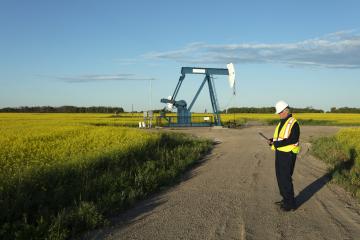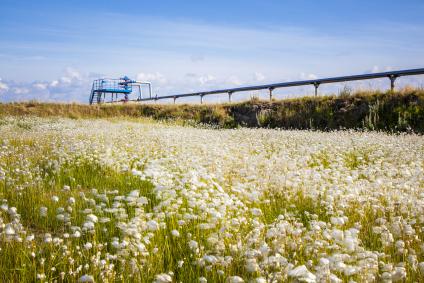By: Andrew Avitt, Sept. 2, 2020-

As a multiple-use agency, the USDA Forest Service works to balance the many uses and benefits the American people expect from their national forests and grasslands.
National forests provide wildlife habitat, wild places and recreation opportunities where people can enjoy the outdoors. They also provide a sustainable supply of timber, grazing land for livestock, as well as abundant mineral and energy resources—all of which support rural communities and fuel the global economy. In fact, energy and mineral resources on national forests produced $2.9 billion in commodities in 2019.
However, applying for an oil or gas lease on national forests and grasslands can take years. The process is often bogged down with inefficiencies and unclear requirements, leading to a substantial backlog.
At the direction of Secretary of Agriculture Sonny Perdue, the Forest Service has proposed changes that would address that backlog and improve productivity on national forests and grasslands.
“Updating our regulations on oil and gas resources will help us become more efficient, while improving customer service,” said Forest Service Chief Vicki Christiansen. “The rule would promote responsible development of our nation’s vast energy resources while preserving the surface resources of national forests and grasslands.”
“What we are doing is revising regulations that have not been updated since the 90s,” said David Rosenkrance, acting director of minerals and geology management for the Forest Service. “We are bringing clarity to the relationship between the Forest Service and oil and gas operators, and providing more efficient timeframes and processes.”
Up to now, multiple decision points in the leasing process created confusion and increased wait times for mineral and energy development with no additional benefit to the environment. Proposed changes would address these issues and create more consistency between the Forest Service and the Department of the Interior’s Bureau of Land Management, which work closely together in processing lease applications and working with lease operators.

“Sometimes it is just as minor as changing terminology to be consistent,” Rosenkrance said. “It brings clarity to the operator and what they need to do.”
Rosenkrance added that while the proposed changes will clarify points of confusion in the existing processes, the Forest Service’s commitment to public involvement remains unchanged.
In addition to supporting jobs in energy and mineral development, leases on national forests and grasslands generate revenue from royalties and other payments on the what the lease produces. These payments amounted to nearly $298 million in 2019, with half going to the states where the lease operation takes place. 40% of the revenue goes to the National Reclamation Fund, which supports irrigation and other water resource projects in the United States. The remaining 10% goes back the U.S. Treasury.
Together, these efforts seek to better realize the enormous potential of national forests and grasslands. By taking these steps to improve on its multiple-use mission, the Forest Service hopes to contribute even more to the nation’s economic recovery while keeping forests healthy, resilient and productive, now and into the future. ,, USDA Forest Service, oil and gas, proposed rule, Modernization, leasing